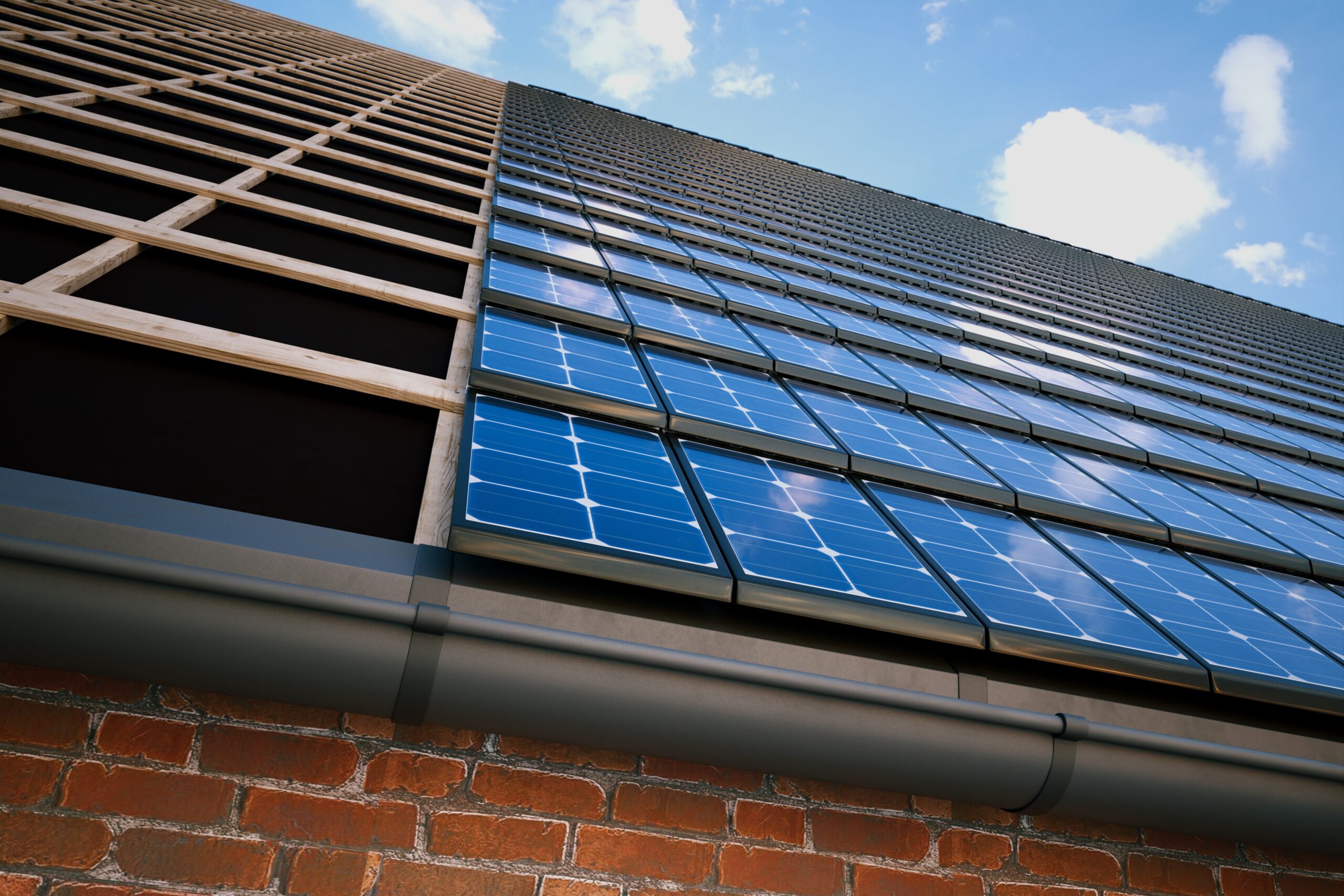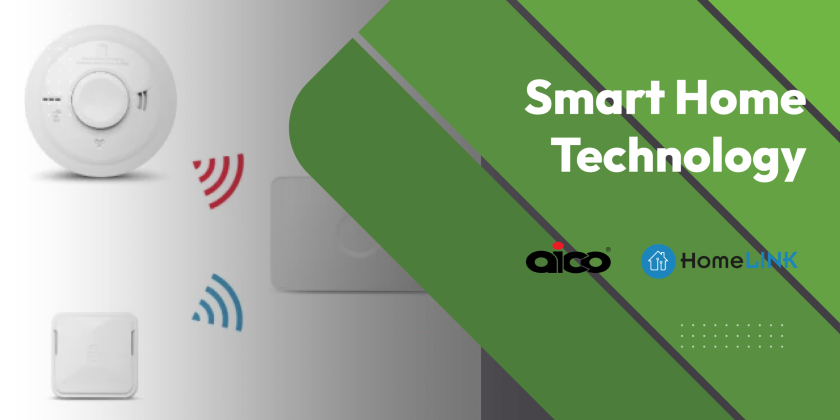The Ultimate Guide to Integrated Solar PV Panels:
Integrated solar panels are revolutionising the way we think about renewable energy for our homes and businesses.
These innovative systems not only generate electricity from sunlight but are also seamlessly incorporated into the structure of buildings, providing a sleek and efficient solution.
Whether you’re looking to reduce your carbon footprint or cut down on energy costs, integrated solar PV panels offer a practical and sustainable option. In this guide, we will delve into everything you need to know about these cutting-edge panels, from their benefits and installation process to maintenance and financial incentives.
Introduction to Integrated Solar PV Panels
What Are Integrated Solar PV Panels and Solar Roof Tiles?
Integrated solar PV panels embed photovoltaic cells directly into the building materials, such as roof tiles or façades.
In-roof solar panels are a type of integrated solar PV panel that is seamlessly embedded into the roof frame of a building, providing a more cohesive and aesthetically pleasing solution for harnessing solar energy.
Unlike traditional solar panels, which are mounted on top of existing structures, these panels become a part of the building itself.
This integration not only enhances the aesthetic appeal but also maximises the surface area available for energy generation. Integrated solar PV panels are designed to be both functional and visually pleasing, making them an ideal choice for new constructions and retrofits alike.
By merging with the architecture, they offer a streamlined appearance while providing the same, if not better, energy efficiency as conventional systems. This innovative technology is paving the way for more sustainable and energy-efficient building designs.
Benefits of Integrated Solar PV Panels
In-roof panels provide:
- reduced maintenance
- seamless integration with the roof
- improved aesthetics
- wind resistance
- fast installation
Their integration into the building improves the look of the property, eliminating the need for bulky external panels. This seamless design is also good for keeping the architectural integrity of historic or visually sensitive buildings.
Additionally, integrated solar PV panels can contribute to significant energy savings. By generating electricity on-site, they reduce reliance on grid power and lower monthly energy bills. These systems also contribute to a building’s overall energy efficiency, which can increase property value and appeal to environmentally-conscious buyers.
Moreover, integrated solar PV panels can help decrease your carbon footprint. By harnessing renewable energy, you reduce greenhouse gas emissions and promote sustainable living. The long-term environmental and financial benefits make these panels a wise investment for both residential and commercial properties.
How Integrated Solar PV Panels Work
Integrated solar PV panels work by converting sunlight directly into electricity through photovoltaic cells embedded in building materials. These cells are made of semiconductor materials, typically silicon, which generate an electric current when exposed to sunlight. The electricity produced is direct current (DC), which is then converted to alternating current (AC) using an inverter, making it suitable for use in homes and businesses.
The process begins when sunlight hits the photovoltaic cells, causing electrons to become excited and generate an electric field. This field drives the electrons through a circuit, creating a flow of electricity. The integrated nature of these panels means they can be installed as part of the roof, walls, or even windows, optimising space and ensuring a more streamlined appearance.
Integrated solar PV panels are connected to the building’s electrical system, allowing the generated electricity to power appliances, lighting, and other electrical needs. Any excess energy can often be stored in batteries or fed back into the grid, providing additional financial benefits through net metering or feed-in tariffs.
Installation and Maintenance
Steps to Solar Panel Installation for Integrated Solar PV Panels
Installing integrated solar PV panels involves several steps to ensure optimal performance and longevity.
Firstly, a site assessment is conducted. This evaluates the building’s structural integrity, orientation, and shading. It helps determine the best placement and type of integrated panels for maximum efficiency.
Next, a detailed design plan is developed, outlining the layout and electrical configurations. This step often involves collaboration between architects, engineers, and solar specialists to seamlessly integrate the panels into the building’s design.
Once the design is finalised, the building materials embedded with photovoltaic cells are manufactured and delivered to the site. The installation process begins with preparing the existing structure, which may involve removing old roofing materials or making modifications to the building envelope.
Maintenance Tips for Longevity
To ensure the longevity and optimal performance of integrated solar PV panels, regular maintenance is essential. It is also important to maintain the roof covering around the panels to ensure proper integration and protection.
You should start by scheduling routine inspections to check for any physical damage or wear. These inspections should include a thorough examination of the panels, wiring, and inverters to identify any potential issues early.
Cleaning the panels is crucial, as dust, dirt, and debris can reduce their efficiency. Use a soft brush or cloth and mild detergent to gently clean the surface, avoiding abrasive materials that could scratch the panels. It’s advisable to clean the panels during the early morning or late afternoon to prevent thermal shock.
Monitoring the system’s performance through a solar energy monitoring system can help detect any irregularities. This allows you to address issues promptly and maintain consistent energy generation.
Additionally, keep an eye on the surrounding environment. Trim any overhanging branches or foliage that could cast shadows on the panels, reducing their efficiency.
Common Installation Challenges
One common challenge is ensuring structural compatibility. The building must be able to support the additional weight and alterations required for the integrated panels.
It is crucial to ensure that the roof structure can support the panels, as they are seamlessly embedded into the roof frame, replacing roof tiles and blending in with the overall roof design. A thorough site assessment and structural analysis are essential to mitigate this issue.
Another challenge is dealing with shading and orientation. Buildings surrounded by tall structures or trees may experience reduced sunlight exposure, impacting the efficiency of the panels. Strategic planning and positioning can help optimise the panels’ performance despite these obstacles.
Weather conditions can also pose challenges during installation. Rain, snow, or extreme temperatures can delay the installation process and affect the quality of work. Scheduling the installation during favourable weather conditions can help avoid such setbacks.
Moreover, integrating the panels into the building’s existing electrical system requires specialised knowledge and expertise. Any mistakes in wiring or connections can lead to inefficiencies or even hazardous situations. Hiring experienced professionals and ensuring proper training can help overcome these technical challenges.
Financial and Environmental Impact
Cost of Integrated Solar PV Panels
The cost can vary widely based on several factors, including the size of the installation, the type of building materials used, and the complexity of the integration process. Compared to solar roof tiles, integrated solar PV panels generally have different cost structures due to their distinct designs and functionalities.
Generally, integrated solar PV panels tend to be more expensive upfront compared to traditional solar panel systems. This higher initial cost is due to the advanced technology and specialised installation required.
Integrated solar PV panels can significantly reduce electricity bills by generating renewable energy on-site. Additionally, they may increase property value due to their aesthetic appeal and energy efficiency.
Various financial incentives, such as government grants, tax credits, and feed-in tariffs, can also offset the initial investment. These incentives aim to promote the adoption of renewable energy technologies and make integrated solar PV panels more accessible.
While the upfront cost may be higher, the long-term savings and environmental benefits make integrated solar PV panels a worthwhile investment for many property owners.
Return on Investment Analysis
The initial cost of installation can be offset by the savings on electricity bills. Typically, homeowners and businesses can expect to see a return on their investment within 5 to 10 years, depending on factors such as local energy prices and the efficiency of the system.
Government incentives and rebates can further enhance the ROI. Programmes offering tax credits or grants can significantly reduce the upfront costs, accelerating the payback period. Additionally, some regions offer feed-in tariffs, allowing property owners to sell excess energy back to the grid, generating additional income.
It’s also important to consider the increase in property value. Homes and buildings with integrated solar PV panels are often more attractive to buyers, commanding higher market prices. This added value can contribute to a positive ROI.
Environmental Benefits
Integrated solar PV panels offer significant environmental benefits, making them a compelling choice for eco-conscious property owners.
By generating electricity from sunlight, these panels reduce reliance on fossil fuels, which are the primary source of greenhouse gas emissions.
This reduction in carbon emissions helps combat climate change and contributes to cleaner air and a healthier environment.
Moreover, integrated solar PV panels utilise renewable energy, which is abundant and sustainable. Unlike finite fossil fuels, solar energy is inexhaustible, providing a long-term solution to the world’s energy needs.
By harnessing this renewable resource, we can decrease the strain on natural ecosystems and reduce the environmental impact of energy production.
The integration of solar panels into building materials also reduces the need for additional construction materials, minimising waste and resource consumption.
This holistic approach to building design promotes sustainability and environmental stewardship.
Choosing the Right System
Factors to Consider
Firstly, assess the building’s orientation and shading. South-facing roofs typically receive the most sunlight, making them ideal for solar panels. Avoid areas with significant shading from trees, buildings, or other obstructions.
Next, consider the type of building materials. Some integrated systems are designed to replace traditional roofing materials, while others can be incorporated into walls or windows. Ensure the selected system complements your building’s design and structural integrity.
Energy needs are another crucial factor. Calculate your average electricity consumption to determine the size and capacity of the system required. A larger system may be necessary for properties with high energy demands.
Budget constraints and financial incentives should also be taken into account. While integrated solar PV panels may have higher upfront costs, government incentives and long-term savings can offset these expenses.
Lastly, choose a reputable installer with experience in integrated systems. Proper installation is critical to the performance and longevity of your solar panels.
Comparing Different Brands
Start by evaluating the efficiency ratings of various brands. Higher efficiency panels convert more sunlight into electricity, providing better performance and greater energy savings.
Durability is another critical factor. Look for brands that offer robust and weather-resistant panels designed to withstand harsh environmental conditions. Checking warranty terms can give you an idea of the product’s expected lifespan and the manufacturer’s confidence in their product.
Consider the aesthetic appeal as well. Integrated solar PV panels are designed to blend seamlessly with building materials, so choose a brand that offers designs complementing your property’s architecture.
Customer reviews and testimonials can provide valuable insights into the reliability and performance of different brands. Additionally, seek recommendations from industry experts or consult with your installer for their professional opinion.
Finally, compare the costs, including the prices of the panels and the installation charges. While it’s tempting to go for the cheapest option, investing in a reputable brand can lead to better long-term results and fewer issues down the line.
Expert Recommendations
Consulting with experts can significantly streamline the process of selecting integrated solar PV panels. Solar energy specialists can assess your property’s specific needs and recommend the most suitable systems. They can provide insights into the latest technologies and trends, helping you make an informed choice.
Experts often advise considering the long-term benefits over initial costs. While high-efficiency panels may have a higher upfront price, their superior performance and energy savings can provide a better return on investment.
Additionally, professionals can guide you through the maze of financial incentives, grants, and tax credits available, ensuring you maximise your savings.
Installation quality is paramount. Experts typically recommend choosing installers with a proven track record in integrated solar systems. Proper installation can prevent future issues and enhance the system’s efficiency and lifespan.
Lastly, experts stress the importance of maintenance. Regular check-ups and cleaning can sustain the system’s performance and longevity.
Future of Integrated Solar PV Panels
Emerging Technologies
The future of integrated solar PV panels is bright, thanks to several emerging technologies poised to enhance their efficiency and versatility. One such advancement is the development of perovskite solar cells. These cells offer higher efficiency rates and can be produced at a lower cost compared to traditional silicon-based cells. Their flexibility also allows for more innovative applications in building-integrated photovoltaics.
Bifacial solar panels are another promising technology. These panels can capture sunlight from both sides, significantly increasing energy generation. When integrated into building materials, bifacial panels can make use of reflected and diffused sunlight, maximising their output.
Additionally, smart solar systems incorporating Internet of Things (IoT) technology are on the rise. These systems can monitor and optimise energy production in real-time, improving efficiency and reducing maintenance needs.
Transparent solar panels, which can be used as windows while generating electricity, are also gaining traction. This technology opens up new possibilities for integrating solar power into various building surfaces, enhancing both functionality and aesthetics.
As these emerging technologies continue to evolve, integrated solar PV panels will become even more efficient, cost-effective, and adaptable, paving the way for a more sustainable future.
Government Policies and Incentives
Government policies and incentives play a crucial role in the adoption and advancement of integrated solar PV panels. Many governments are introducing regulations to encourage the use of renewable energy, aiming to reduce carbon emissions and combat climate change. These policies often include mandates for new buildings to incorporate renewable energy solutions, such as integrated solar PV panels.
Financial incentives are also a significant driver. Programmes like feed-in tariffs, tax credits, and grants can substantially lower the initial cost of installation. These incentives make the investment more accessible to homeowners and businesses, accelerating the shift towards renewable energy.
Additionally, some governments offer net metering policies, allowing property owners to sell excess electricity back to the grid. This not only provides financial benefits but also promotes energy independence and sustainability.
Public funding for research and development is another critical aspect. By supporting innovation in solar technologies, governments can help bring more efficient and cost-effective solutions to the market.
Future Market Trends
The market for integrated solar PV panels is expected to grow rapidly in the coming years, driven by technological advancements and increasing demand for sustainable energy solutions.
One trend is the increasing integration of solar panels into various building materials, such as windows, façades, and even road surfaces. This trend is making solar energy more accessible and versatile.
Another emerging trend is more aesthetically pleasing designs. As homeowners and businesses become more concerned with the visual impact of solar installations, manufacturers are focusing on creating panels that blend seamlessly with different architectural styles.
Energy storage solutions, such as advanced batteries, are also gaining traction. These systems store excess energy generated by solar panels for use during periods of low sunlight, enhancing the reliability and efficiency of solar power.
Moreover, the rise of smart home technologies and the Internet of Things (IoT) is enabling more efficient energy management. Integrated solar systems that can communicate with home energy management systems are becoming increasingly popular.
As these trends continue to evolve, the market for integrated solar PV panels will likely see sustained growth, making renewable energy a standard feature in modern building design.



